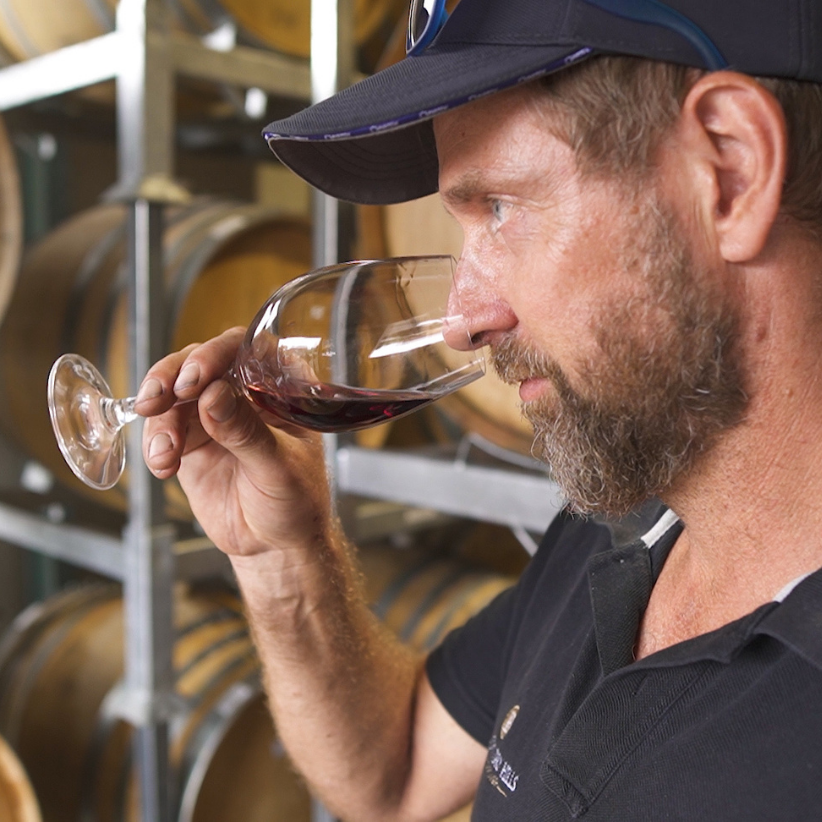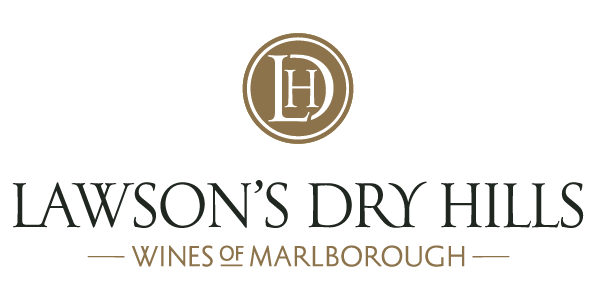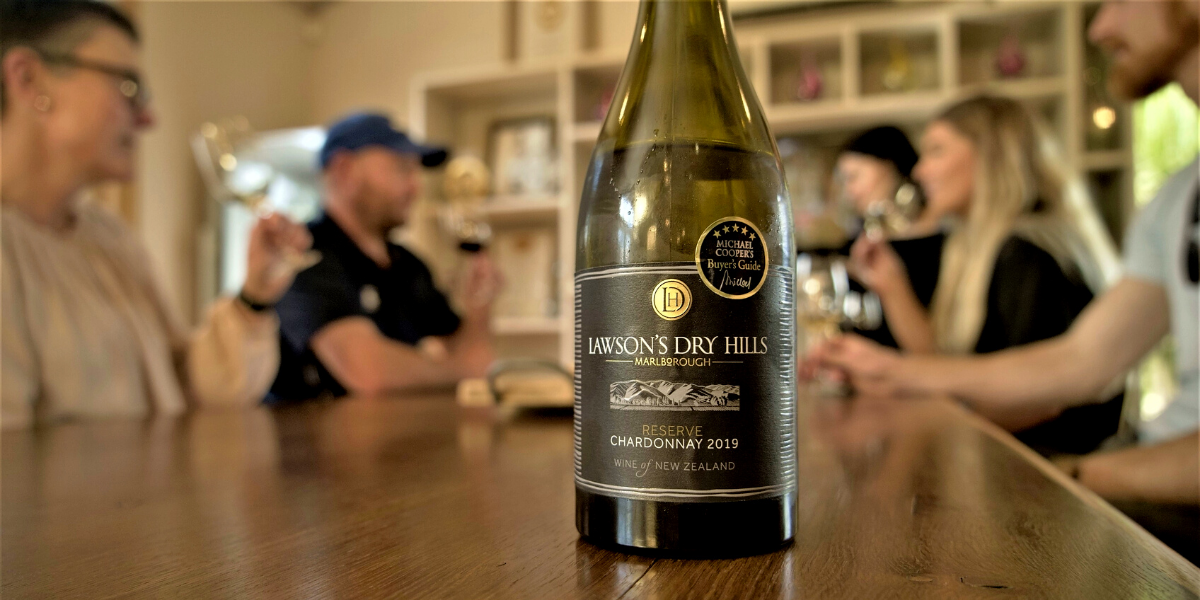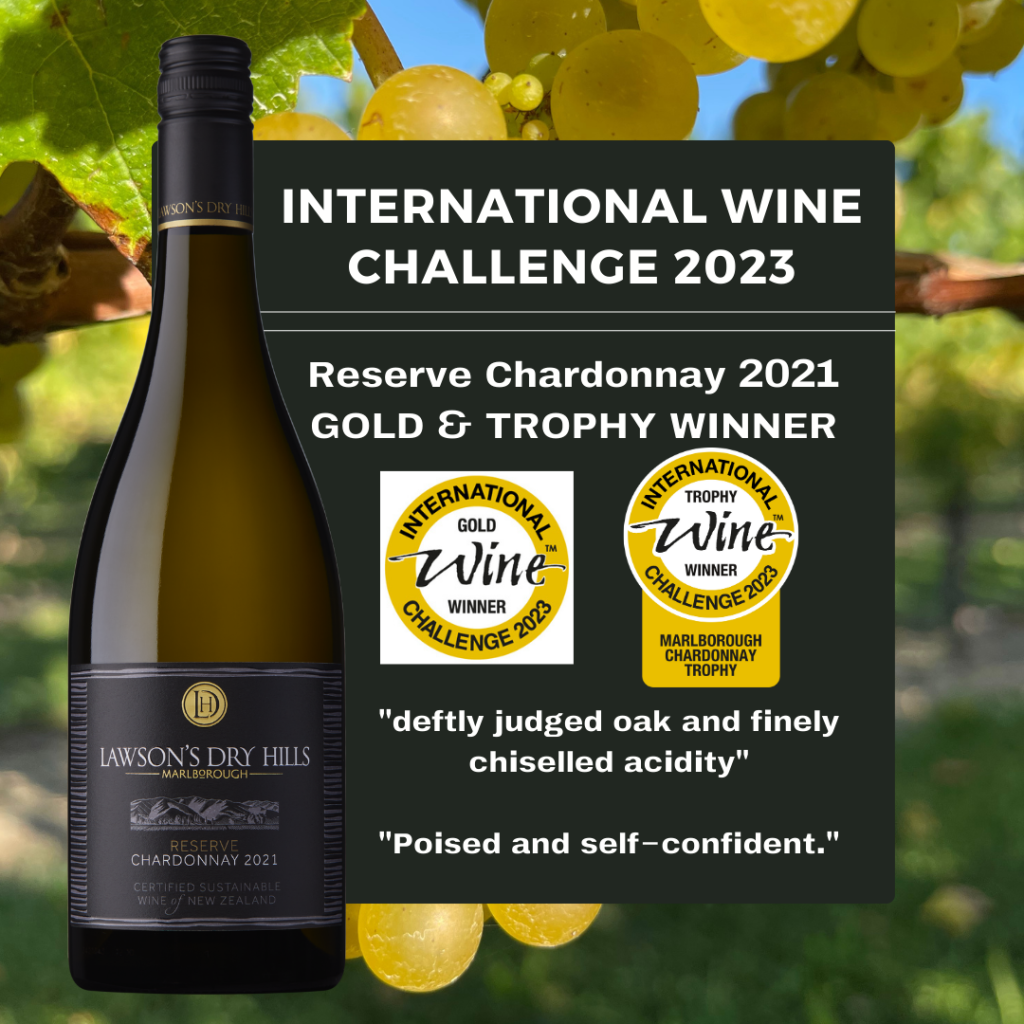The meaning of certain words often used when talking or reading about New Zealand wines
- Aroma– The smell of a wine, also referred to as the “nose” or “bouquet” of the wine.
- Balance– How the acid, fruit flavours, sweetness, tannins and alcohol are in relation to each other. They should all work in together to give a wine that is ‘balanced’ (sweetness and acidity is important in sweeter style white wines, and tannin and fruit in red wines).
- Barrique – The French word for a 224 litre oak barrel
- Battonage – the French term for stirring a wine while on its lees (see ‘Lees’ below) following fermentation.
- Biodynamic– ‘Biodynamic’ is a method of organic farming originally developed by Rudolf Steiner that employs what is described as ‘a holistic understanding of agricultural processes’. It treats soil fertility, plant growth, and livestock care as ecologically interrelated tasks, emphasizing spiritual and mystical perspectives. It also references phase of the moon.
- Body – The impression of weight or fullness on the palate – how a wine feels in the mouth and how powerful the flavours and alcohol or tannins are. The bigger the impression, the more likely a wine is to be referred to as ‘full-bodied’ such as an Australian Shiraz for example, as opposed to a ‘light-bodied’ wine which may be something like a Pinot Grigio from Italy.
- Botrytis – A special type of fungus that attacks grapes if the conditions are right and these are then used to make very sweet wines. The fungus pierces the skin of the grape allowing the water content to evaporate and the sugars to concentrate. There is too much sugar for the yeast to convert so the remaining residual sugar’ is very high. In New Zealand, the best grape varieties for this type of sweet wine are Riesling and Semillon. Botrytis is only desired when making these wines and can be a real problem in other grape varieties, particularly in damp and humid conditions.
- Brix– A measurement of the sugar content in grapes. The level of brix indicates the degree of the grapes’ ripeness (sugar level) which helps to determine when to pick. It also therefore indicates the potential alcohol content of the finished wine.
- Clone– Vines originating from a single, individual plant chosen for its specific attributes i.e. clonal selection. Clones can be chosen for diseases resistance, vigour, flavour and various other elements.
- Corked– A wine that has been spoiled by the cork used to seal the bottle. Caused by a chemical called trichloroanisole, or TCA, which is found in the bark of the cork oak tree and is virtually impossible to eradicate.
- Dry – A wine that has been fermented until all (or almost all) of the available sugars in the grape have been converted to alcohol. Dry wines are usually those that are under 5 grams per litre of ‘residual’ sugar (i.e. sugar left once fermentation has been stopped).
- Fermentation– The process of yeast converting the available sugar (from the ripeness of the grapes) into alcohol with the by-product of carbon dioxide.
- Filtration – The process of straining out solid particles in wine with various types of filters. Not always carried out depending on the desired wine style.
- Fining – Fining is carried out to improve the clarity of a wine. It is traditionally done using egg white, bentonite (a very fine, absorbent clay) or isinglass (swim bladder of sturgeon).
- Late Harvest– Wine made from grapes picked later than normal and therefore at higher sugar levels. The yeast cannot convert all the sugar to alcohol as there is too much, so the resulting wines are sweet.
- Lees – this is the spent yeast cells that fall to the bottom of the tank during fermentation. Some wines are kept ‘on lees’ for a while to contribute to texture, weight and therefore the body of the wine before being racked off them. Chardonnay can sometimes be a good example of this.
- Length– The amount of time the flavour of a wine lasts in your mouth, once the wine has been swallowed. Top quality wines are often talked about as ‘having great length’.
- Mouth-feel – Describes the texture or physical sensation of the wine in the mouth such as silky or chewy (for big tannic wines perhaps), oily, weighty etc.
- Oenology– The science and study of winemaking.
- Oxidised– Wine that has been spoilt through exposure to oxygen over a prolonged period. Can become musty or ‘Sherry-like’ and often tinged brown.
- Palate – the wine once it’s in the mouth. How it tastes and feels.
- Phenolics/Phenols – Chemical compounds derived from skins, seeds, and stems. Phenols include tannin, pigments and flavour compounds with the sensation of ‘phenolics’ on the finish of a wine.
- Racking – moving a wine off its lees into another vessel e.g. racking from tank to barrel.
- Reserve – a term widely used to suggest a wine of more superior quality, however there is no regulation over its use so it pays to know the producer and how they apply it to their particular wines.
- Single vineyard – a wine made from grapes grown only on one particular vineyard.
- Structure – The backbone of the wine and balance of elements such as acid, tannin, alcohol, and body as it relates to a wine’s texture and mouthfeel. A white wine with low acidity might be referred to as ‘lacking in structure’ while a tannic red wine may be thought of as with a ‘firm structure’.
- Tannins– Compounds that contribute to a red wine’s structure, mouth-feel, and astringency often resulting in a dry sensation in the mouth and ‘furry teeth’. Tannin is a natural compound derived from grape skins, seeds and stems; the more contact the juice has with these elements, the more tannic the wine will be. Tannin is often considered the “backbone” of a wine and might make a young wine less approachable, it is vital in the aging process.
- Terroir – A French term often adopted in other winemaking countries, referring to the environment in which a given grape variety grows. It encompasses the soil, climate, vineyard aspect and viticultural practices. Great wine is said to reflect its ‘terroir’ or sense of place.
- Triage – the process of sorting through freshly-picked grapes usually using a special ‘triage table’. The grapes are tipped out of bins on to the conveyor belt and hand-sorted.
- Varietal – a specific grape variety.
- Vintage – the year the grapes were picked to make a particular wine
- Yeast– Microorganisms that produce the enzymes that convert sugar to alcohol. Yeast is necessary for the fermentation of grape juice into wine. Yeast can be either cultured (use of a known strain for its particular attributes) or ‘wild/indigenous’ which means natural yeast from the vineyard and winery.

